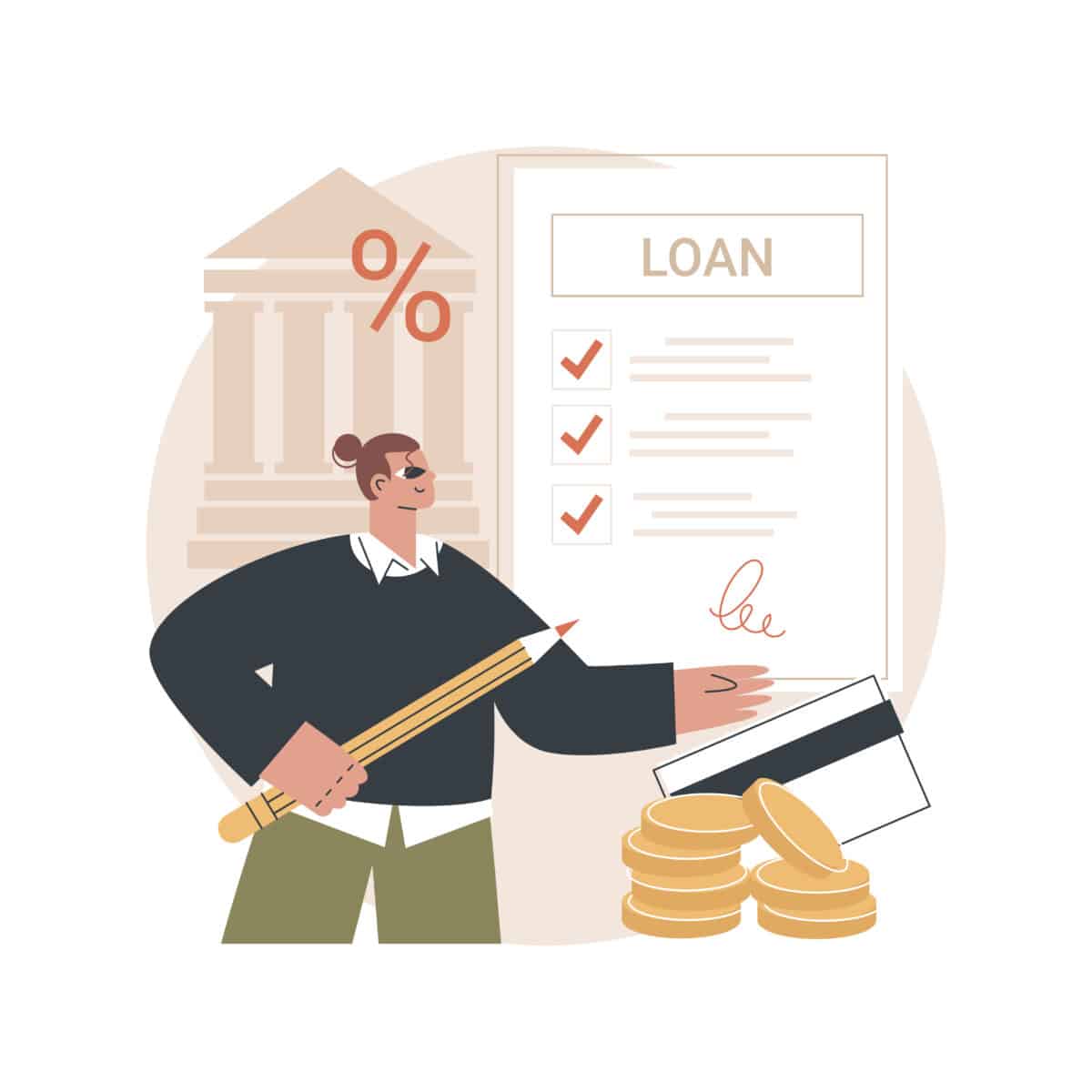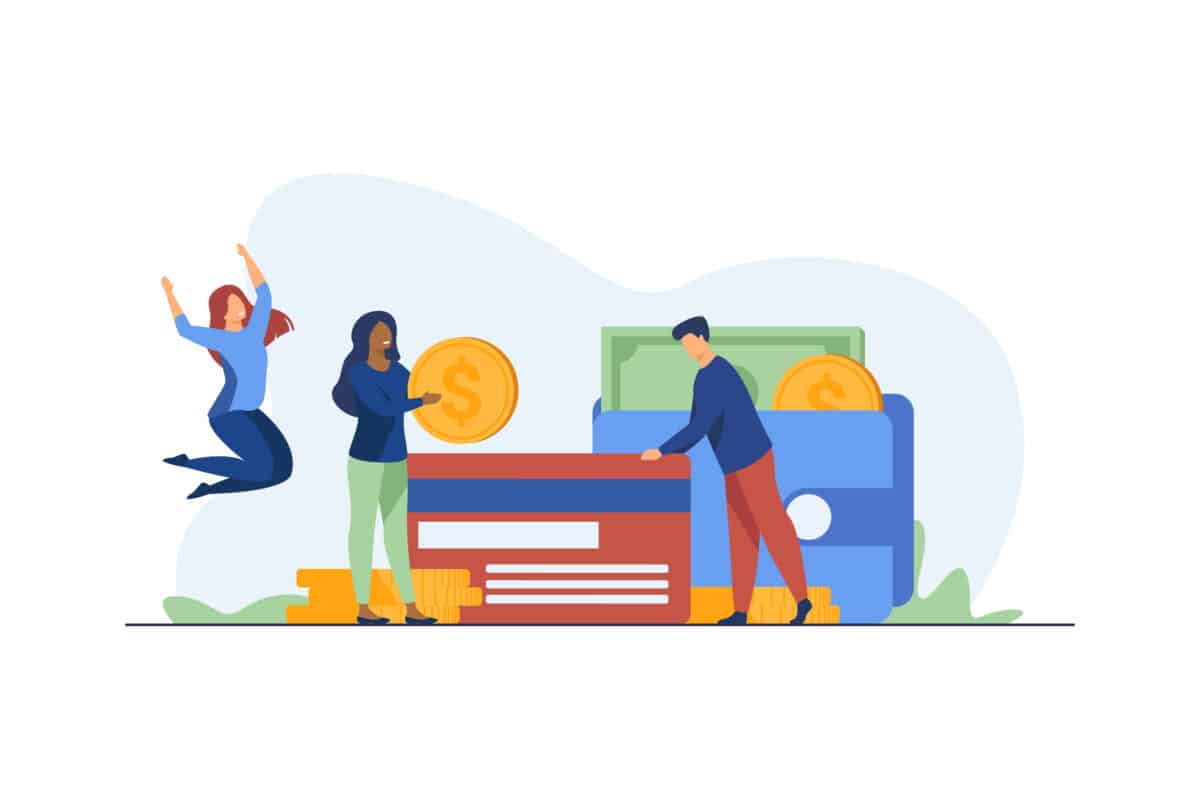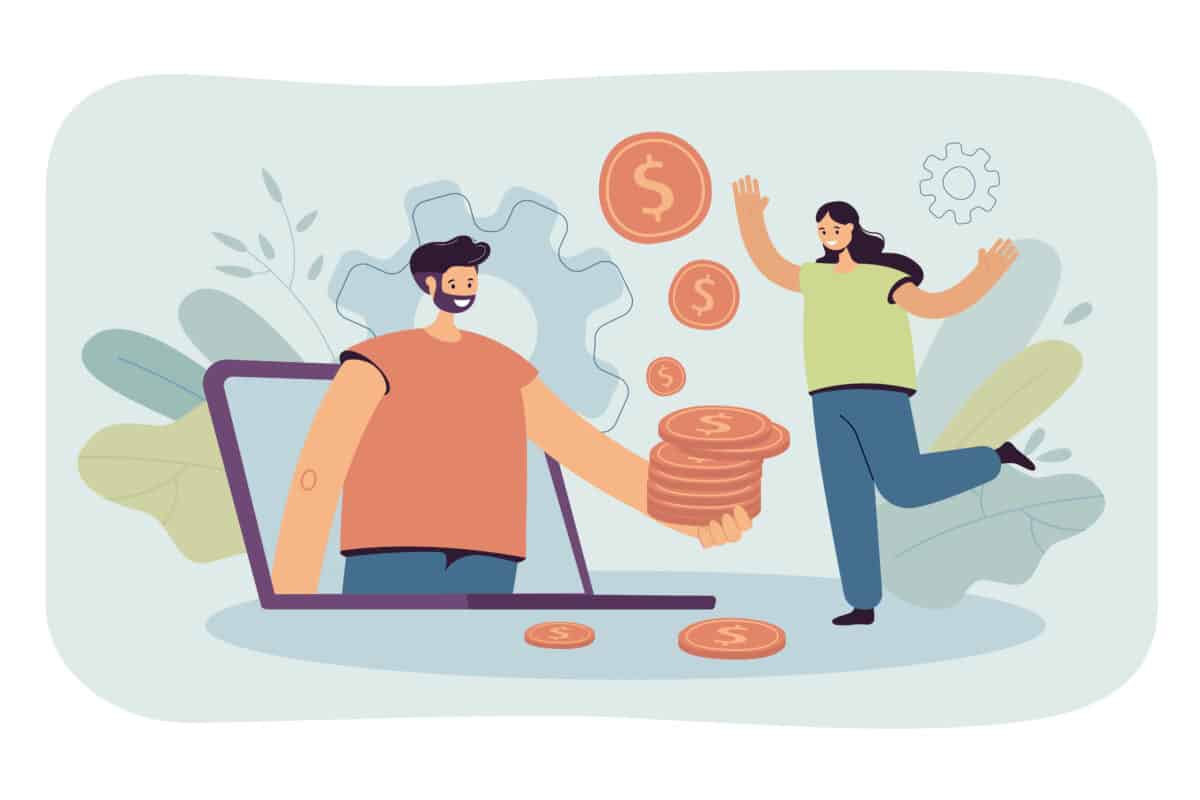10 Best California Student Loan Forgiveness Programs This Year
Are you struggling to pay off your student loans in California? Explore the best student loan forgiveness options available to reduce your debt burden and improve your financial future.

Table of Contents
- California-Specific Student Loan Forgiveness Programs
- #1 CalHealthCares
- #2 Bachelor of Science Nursing (BSNLRP)
- #3 Allied Healthcare (AHLRP)
- #4 State Loan Repayment Program (SLRP)
- #5 Licensed Vocational Nurse (LVNLRP)
- #6 Steven M. Thompson Physician Corps (STLRP)
- #7 Licensed Mental Health (LMH) Services Provider
- #8 County Medical Services Program (CMSP LRP)
- #9 Advanced Practice Healthcare (APHLRP)
- #10 Assumption Program (APLE) Grant
- Federal Student Loan Forgiveness Programs
- Other Ways to Make Loans More Manageable
- FAQs
- Final Thoughts
California is one of the states with the highest student loan debt levels in the U.S., which has led to a growing demand for student loan forgiveness options that can help borrowers reduce their debt burden. Fortunately, there are several student loan forgiveness programs available to borrowers in California, with programs covering a range of professionals from public service employees and teachers, to healthcare professionals.
In this article, we will explore the best options for student loan forgiveness in California, including eligibility criteria, application processes, and other important considerations to help you make an informed decision about managing your student loan debt.
10 California Student Loan Forgiveness Programs
There are various types of student loan forgiveness programs available in the state of California. Consider any one of the following options available to see which one is best suited to your needs.
#1 CalHealthCares Loan Repayment Program
CalHealthCares Loan Repayment Program is a state-funded program that offers loan repayment assistance to healthcare professionals who provide direct patient care to Medi-Cal patients. The loan repayment covers educational debt incurred by eligible dentists and physicians based in California and recipients are eligible to receive up to $300,000 in loan repayment. Having said that, physicians can only receive the funds in exchange for a service obligation of five years. Dentists, on the other hand, also have the additional option of a Practice Support Grant of $300,000, which requires a service obligation of ten years.
Eligibility Requirements
To apply, borrowers must meet certain eligibility criteria, including:
- Hold an unrestricted license with an appropriate licensing board.
- Have graduated from a residency or fellowship program by June 30, or within the last five years for medical and dental degrees.
- Have an outstanding medical or dental student loan debt.
- Should not be participating in a loan repayment program that disqualifies them.
- Not be involved in a residency or fellowship program by July 1.
- Be practicing in California or be willing to relocate to California.
How to Apply
CalHealthCares Loan Repayment Program is administered by Physicians for a Healthy California (PHC), a body which was contracted by the California Department of Health Care Services. Interested applicants are, therefore, required to submit applications by a specified deadline to PHC, with applications typically closing around March each year.
#2 California Bachelor of Science Nursing Loan Repayment Program (BSNLRP)
The California Bachelor of Science Nursing Loan Repayment Program (BSNLRP) is a state-funded program designed to assist licensed registered nurses (RNs) who possess a Bachelor of Science in Nursing (BSN) degree. This program helps alleviate the financial burden of student loan debt for RNs who are committed to working in medically underserved areas in California.
Eligibility Requirements
To be eligible for the BSNLRP, applicants must:
- Be a U.S. citizen or permanent resident of California.
- Possess a current and unrestricted license as a registered nurse (RN) in California.
- Possess a Bachelor of Science in Nursing (BSN) degree from a regionally accredited institution.
- Have outstanding educational loans that were used to pay for the BSN degree.
- Agree to work full-time (at least 32 hours per week) for 12 months.
How to Apply
To apply for the BSNLRP, eligible applicants must complete the online application through the California Office of Statewide Health Planning and Development (OSHPD) website during the open application period. Successful applicants who receive funding from the BSNLRP will receive loan repayment up to $10,000 per year for a maximum of three years.
#3 Allied Healthcare Loan Repayment Program (AHLRP)
The Allied Healthcare Loan Repayment Program (AHLRP) is a state-funded program that helps healthcare professionals in allied healthcare fields repay their student loan debt. The program aims to encourage allied healthcare professionals to work in County Medical Services Program (CMSP)-designated counties in California.
Eligibility Requirements
To be eligible for the AHLRP, applicants must:
- Be a U.S. citizen or permanent resident of California.
- Possess a current and unrestricted license or certification in one of the qualifying allied healthcare professions.
- Have outstanding educational loans that were used to pay for their education or training in the qualifying allied healthcare profession.
- Be employed or providing direct health care for more than 32 hours a week.
- Be willing to work at a CMSP-contracted facility for at least 12 months.
Qualifying allied healthcare professions include respiratory therapists, occupational therapists, physical therapists, speech therapists, medical laboratory technicians, medical laboratory scientists, diagnostic medical sonographers, nuclear medicine technologists, radiologic technologists, and surgical technologists.
How to Apply
To apply for the AHLRP, eligible applicants must complete the online application through the California Office of Statewide Health Planning and Development (OSHPD) website during the open application period. Successful applicants can receive up to $16,000 in loan repayment.
#4 California State Loan Repayment Program (SLRP)
The California State Loan Repayment Program (SLRP) is a program that provides loan repayment assistance to healthcare providers who work in underserved communities in the state of California. The program is designed to improve access to primary care services in these areas, especially for low-income residents.
Eligibility Requirements
To be eligible for the SLRP, applicants must meet the following requirements:
- Be a U.S. citizen.
- Be a licensed healthcare provider in California.
- Not have any outstanding service obligations with another organization.
- Work at an approved SLRP site.
- Commit to working at an SLRP site for a minimum of two years.
How to Apply
To apply for the SLRP, healthcare providers must submit an online application during the open application period.The SLRP provides up to $50,000 in loan repayment assistance to qualifying applicants.
#5 Licensed Vocational Nurse Loan Repayment Program (LVNLRP)
The Licensed Vocational Nurse Loan Repayment Program (LVNLRP) is a California state program designed to provide financial assistance to licensed vocational nurses (LVNs) who agree to work full-time in a designated medical facility that serves communities with a shortage of health professionals.
Eligibility Requirements
To be eligible for LVNLRP, applicants must:
- Be licensed vocational nurses with an active and unrestricted California LVN license.
- Have outstanding educational loans from a government or commercial lending institution for a course leading to an LVN certification.
- Be willing to work full-time (at least 32 hours per week) for at least 12 months at a qualifying facility.
- Be employed by a qualifying medical facility in California.
- Not have any existing service obligation for another loan repayment or scholarship program.
How to Apply
Applicants must complete an online application, provide supporting documents such as proof of LVN licensure. Selected applicants can receive up to $6,000 in loan repayment for up to three years in exchange for their full-time service at a qualifying facility.
#6 Steven M. Thompson Physician Corps Loan Repayment Program (STLRP)
The Steven M. Thompson Physician Corps Loan Repayment Program (STLRP) is a program established in 2013 that aims to address California’s physician shortage. This program offers loan repayment assistance to eligible primary physicians in exchange for practicing in underserved areas of California.
Eligibility Requirements
To be eligible for the program, applicants must:
- Be licensed physicians in California with a current, unrestricted license.
- Not have a service obligation to another program.
- Be willing to commit to a minimum of 36 months of full-time service in an eligible community.
- They must also have qualifying educational loans.
How to Apply
To apply for the program, interested physicians should complete an online application, which requires information about their employment history, educational loans, and personal information. They must also submit supporting documentation, such as proof of their California medical license and loan information. STLRP provides loan repayments of up to $105,000 to successful applicants.
#7 Licensed Mental Health (LMH) Services Provider Education Program
The Licensed Mental Health (LMH) Services Provider Education Program is a California state-funded loan repayment program designed for licensed mental health professionals providing direct care in qualified facilities. Eligible applicants for the LMH program include licensed clinical psychologists, licensed marriage and family therapists, licensed clinical social workers, and licensed professional clinical counselors. Applicants must be providing mental health services in California in designated mental health facilities.
Eligibility Requirements
To qualify for the program, applicants must:
- Have an outstanding medical student loan debt.
- Be California residents.
- Be willing to commit to a service obligation of 24 months.
How to Apply
To apply for the LMH program, applicants must submit an online application through the HPEF website during the open application period. The application period typically runs from late fall to early winter. Applicants will be required to provide personal information, educational and loan information, and information about their employment and service obligations.
Selected applicants will receive loan repayment awards up to $30,000 per year, with the opportunity to reapply for funding three times.
#8 County Medical Services Program Loan Repayment Program (CMSP LRP)
The County Medical Services Program Loan Repayment Program (CMSP LRP) is a loan repayment program offered by the state of California to incentivize healthcare professionals to work in designated areas in the state. This program specifically targets healthcare providers working in any one of the 35 CMSP counties.
Eligibility Requirements
Eligibility requirements for the CMSP LRP include:
- Be a healthcare professional with an outstanding educational loan debt.
- Have a valid practice license issued in California.
- Be employed at a CMSP-designated area.
- Be willing to commit to a minimum two-year full-time or half-time service obligation.
How to Apply
To apply for the CMSP LRP, eligible healthcare professionals must complete an online application during the open application period. The application requires information about the applicant’s education, employment, loan amounts, and personal information. Applicants must also provide documentation of their license to practice in California. Successful applicants are eligible to receive $50,000 and $25,000 for a two-year full-time and half-time service commitment, respectively.
#9 Advanced Practice Healthcare Loan Repayment Program (APHLRP)
The Advanced Practice Healthcare Loan Repayment Program (APHLRP) is a grant- and donation-funded program that seeks to help advanced practice healthcare professionals who practice in California’s medically underserved areas.
Eligibility Requirements
Eligibility requirements for APHLRP include:
- Be licensed to practice in California as a nurse practitioner, certified nurse-midwife, clinical nurse specialist, physician assistant, or registered nurse anesthetist.
- Be free from any other service obligation.
- Be willing to commit to a two-year service obligation in a medically underserved area of California.
How to Apply
To apply for the APHLRP, interested applicants should complete the online application available on the program’s website during the open application period. The application requires detailed information about the applicant’s education, licensure, and employment history. Once selected, recipients of the APHLRP receive loan repayment assistance up to a maximum of $25,000 for two years of service.
#10 Assumption Program of Loans for Education (APLE) Grant
This is one of the programs for student loan forgiveness in California directed toward teachers. The Assumption Program of Loans for Education (APLE) grant is a program that helps teachers in California repay their student loans. The program provides grants to eligible district intern participants who seek to become fully credentialed teachers in designated schools in California.
Eligibility Requirements
To be eligible for the APLE grant, applicants must:
- Be teaching in a designated school in California in a designated subject area.
- Have a baccalaureate degree.
- Have an outstanding balance on a student loan that was used to obtain a teaching credential.
- Not be in default of any state or federal loan.
- Have passed the e California Basic Educational Skills Test.
How to Apply
In order to apply for the APLE grant, interested individuals must complete an application form available from the California Student Aid Commission website or District Intern Program offices. If approved, the APLE grant will provide up to $19,000 in loan repayment assistance to eligible teachers.
Federal Student Loan Forgiveness Programs
In addition to the student loan forgiveness programs available to California residents, there are also federal loan forgiveness programs to consider such as the following:
#1 Public Service Loan Forgiveness (PSLF) Program:
California residents can apply for the PSLF Loan Forgiveness program too. This program forgives the remaining balance on your Direct Loans after you have made 120 qualifying payments while working full-time for a qualifying employer.
Eligibility Requirements
- The borrower must have made 120 qualifying payments on the Direct Loans while working full-time for a qualifying employer.
- Qualifying employers include government organizations, non-profit organizations with tax-exempt status, and other types of non-profit organizations that provide qualifying public services.
- Loan repayments must be made under an income-driven repayment scheme.
How to Apply
- Submit an Employment Certification form to your loan servicer every year for them to confirm that you are making payments under one of the eligible repayment plans while working full-time in a qualifying public service job.
- After submitting 120 qualifying monthly payments, submit an application with proof of eligibility to your loan servicer for PSLF.
- Your loan servicer will review the application and, if approved, forgive the remaining balance on your Direct Loans.
- You must also recertify your employment each year to stay enrolled in the PSLF Program.
- Keep all relevant documents of your employment and payment history for potential future use in proving eligibility for this program.
#2 Teacher Loan Forgiveness Program
This program forgives up to $17,500 in Direct or Unsubsidized Loans for eligible teachers who have worked full-time for five consecutive years at a low-income school or educational service agency.
Eligibility Requirements
- The borrower must be a highly qualified teacher, meaning they have a bachelor’s degree and full state certification or licensure as a teacher.
- The borrower must have taught for five consecutive academic years in a low-income school or educational service agency.
- The loan must have been disbursed on or after October 1, 1998.
How to Apply
- Submit an application with proof of eligibility to the U.S Department of Education’s Teacher Cancellation Low Income Directory (TCLI).
- The U.S Department of Education will review the application and, if approved, forgive up to $17,500 on your Direct Loans or FFEL Program loans.
#3 Perkins Loan Cancellation and Discharge
This program cancels a percentage of your Perkins Loans for each year of service in a qualifying profession. To be eligible, you must work in a public service job, in a designated shortage area, or as a teacher.
Eligibility Requirements
- The borrower must be employed in a qualifying profession, such as teaching, nursing, or law enforcement.
- The borrower must have Direct Perkins Loans, not just any other type of federal loan.
How to Apply
- Submit an application with proof of eligibility to your loan servicer or school district where you received the Perkins Loan.
- Your loan servicer or school district will review the application and, if approved, cancel/discharge your Perkins Loan.
#4 Income-Driven Repayment Plans
These plans set your monthly loan payment as a percentage of your income and can lead to loan forgiveness after 20–25 years of payments.
Eligibility Requirements
- The borrower must have federal student loans, including Direct Loans, Stafford Loans, or Graduate PLUS Loans.
- The borrower’s monthly payments must be lower than what they would pay under the standard 10-year repayment plan.
- The borrower’s repayment period may be up to 20 or 25 years, depending on the plan they choose.
How to Apply
- Log into your Federal Student Aid account.
- Select the “Repayment Plan” option and then choose the Income-Driven repayment plan that best suits you.
- Submit an application for the IDR plan and provide proof of your income and family size.
- Your loan servicer will review the application and, if approved, adjust your monthly payments based on your income.
Ways to Make Loans More Manageable if You Don't Qualify for Loan Forgiveness
In case you are not able to qualify for loan forgiveness, there are ways you can try to make them manageable and easier to pay off. The following are a few options to consider:
Student Loan Refinancing
Refinancing can help make loans easier to pay off. It basically refers to getting a new private loan that pays off all your existing student loans – both private and federal. You can get new repayment terms and lower interest rates through this method which can bring down your monthly payments and make the loan more manageable.
When going for refinancing, it’s best to compare multiple lenders to get the best rates and terms overall. The following table compares the best student loan refinancing companies.
| Lender | Scholaroo rating | Fixed rates starting (APR) | Variable rates starting (APR) |
|---|---|---|---|

Laurel Road Best for Low Interest Rates with Discounts Visit website | 4.99% | 4.74% | |
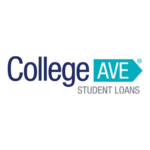
College Ave Best for Flexible Repayment Options Visit website | 5.99% | 5.99% | |
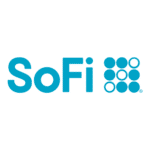
SoFi Best for Refinancing Parent Plus Loans Visit website | 4.99% | 5.99% | |
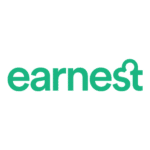
Earnest Best for Refinancing without Cosigner Visit website | 4.96% | 5.32% | |
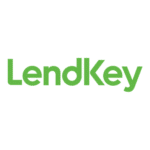
LendKey Best for Mid-Income Earners Visit website | 4.49% | 5.02% | |

ISL Education Lending Best for In-School Refinancing Visit website | 6.50% | N/A |

Laurel Road
Best for Low Interest Rates with Discounts

College Ave
Best for Flexible Repayment Options

SoFi
Best for Refinancing Parent Plus Loans

Earnest
Best for Refinancing without Cosigner

LendKey
Best for Mid-Income Earners

ISL Education Lending
Best for In-School Refinancing
Student Loan Consolidation
Consolidation is similar to refinancing but it is available only for federal student loans. Instead of a private lender, the government pays off your existing loans in exchange for a new direct consolidation loan with a repayment term between 10 to 30 years at a fixed rate. Consolidation can help you maintain some of the benefits that federal student loans come with.
Apply for Scholarships
You can apply for multiple scholarships to help pay off a chunk of your student debt. There are various scholarship options available for all kinds of students from different backgrounds. The general requirements for most scholarships include a minimum GPA, standardized test scores, essays, and recommendations. There are essay-free scholarships too that do not require much to qualify for but the competition for those is quite high.
Get a Side Job
You can get a side job along with your full-time one which can help you generate some extra income that can go towards paying off your student debt. There are many opportunities to work online on the side now and such jobs have become more accessible. With such jobs, you can set your own work schedule with working hours that can be adjusted around your full-time work or study schedule.
FAQs
What is the best student loan forgiveness program in California?
The best student loan forgiveness program in California depends on individual circumstances, such as the type of loans, occupation, and financial situation of the applicant. However, some of the top options include the federal Public Service Loan Forgiveness (PSLF) program, the California State Loan Repayment Program (SLRP), and the County Medical Services Program Loan Repayment Program.
Which student loans are not eligible for loan forgiveness?
Most federal student loans are eligible for loan forgiveness, including Direct Loans, Federal Stafford Loans, Perkins Loans, and PLUS Loans. However, private student loans are generally not eligible for loan forgiveness under federal programs. Some state-specific programs may offer loan forgiveness for private loans, but it is important to research the specific requirements and limitations of each program.
How can I get my student loan completely forgiven?
The requirements for loan forgiveness vary depending on the program. However, some common ways to achieve complete loan forgiveness include working in a qualifying public service job for a certain period of time, making consistent payments on an income-driven repayment plan, or qualifying for a disability discharge. We recommend that you research the specific requirements and limitations of each program and speak with a financial advisor or student loan expert to determine the best course of action for your individual circumstances.
Final Thoughts
As a California resident, you have access to a variety of federal and state loan repayment and forgiveness programs to help manage student loan debt. Each program has its own eligibility requirements and application process, so be sure to research and compare options to find the best fit. Overall, knowing the available options can help borrowers make informed decisions about their finances and avoid defaulting on their loans. It is also important to consider other repayment options, such as the standard repayment plan, and create a budget to manage debt and expenses. In the end, while student loan debt can be overwhelming, remember that there are resources and programs available to help alleviate the burden. You can work towards financial stability and success by taking the time to explore options and make informed decisions.
